Energy company Gasum places emission-free biogas at the centre of its strategy, alongside liquefied natural gas (LNG) and natural gas. The vision is to build a gas ecosystem, with the aim of establishing a carbon-neutral society.
Founded in 1994, Gasum Oy is responsible for the import, transmission and wholesale of natural gas in Finland. In recent years, the state-owned company has shifted its operational focus more towards biogas and LNG.
Olga Väisänen, the Vice President of Communications at Gasum, says that this is a strategic change of course. The company intends to achieve growth in the future by supplying transport, industry and energy production with cleaner energy at a competitive price.
“Our vision is to build a Nordic gas ecosystem as a promoter of sustainable development,” explains Väisänen.
Largest Nordic LNG supplier
In Gasum’s strategy, gas serves as a long-term bridge to a low-carbon society. According to Väisänen, the first phase is to replace higher-emission fossil fuels with natural gas. “Natural gas allows for as much as a 40 per cent reduction in carbon dioxide emissions compared to coal.”
At the same time, Gasum is investing heavily in low-emission or emission-free alternatives. The goal is also to increase the number of gas applications outside the gas transmission network.
In 2014, the Finnish company became the largest distributor of LNG in the Nordic countries when it became the majority shareholder in the Norwegian gas company, Skangas. The company maintains an LNG production plant in Norway and LNG terminals in Norway and Sweden. Finland’s first LNG import terminal will be completed in Pori this year. Skangas is also a shareholder in Manga LNG Oy, which is opening a new terminal in Tornio in 2018.
“With LNG, for example, the carbon dioxide emissions produced by shipping will drop approximately 25 per cent compared to heavy fuel oil. In addition to this, LNG doesn’t contain any sulphur or heavy metals, and no fine particulate emissions are produced when using it,” says Väisänen.
Customers want to reduce emissions
As far as biogas is concerned, Gasum has made progress in realising its strategy. Through a series of investments and corporate acquisitions made in recent years, the company now processes waste and produces biogas at six biogas plants, which are located in Turku, Vehmaa, Honkajoki, Huittinen, Kuopio and Oulu. The seventh production facility will be completed in Riihimäki this year. Gasum also produces biogas in partnership with Helsinki Region Environmental Services (HSY) in Espoo, with Kouvolan Vesi Oy in Kouvola and with Labio in Lahti.
Gasum’s move to become a provider of carbon-neutral solutions also helps other companies realise their own carbon-neutral strategies. Indeed, Väisänen believes that the demand for biogas will increase in the future as it becomes more well known: “Growth in the demand for biogas will come from the added value received by customers. More and more companies are looking for cost-effective energy alternatives, which can be used to reduce their emissions.”
The energy sector is now seeking emission-free alternatives all over the world to replace polluting forms of energy. Gasum wants to be an industry leader in this regard. “After the Climate Change Conference in Paris, it is clear that all companies must respond to this if they want to succeed in the future. Some will be able to make the necessary adjustments more quickly, while others may take a bit longer.”
Synthetic biogas?
Biogas production is an excellent example of a functional circular economy. Gasum produces gas from biowaste, which used to end up in landfills or incineration plants. Last year, Gasum began a partnership with trading sector company Kesko Corporation in which biogas will be produced using biowaste from K-food stores in the Uusimaa region, as well as the corporation’s Keslog warehouses in Vantaa.
Gasum will supply biogas to Kesko’s subcontractors, which will use the emission-free energy in the production of Pirkka products and, in the future, also as a fuel for delivery vehicles. Using waste food in energy production has attracted a great deal of interest. Väisänen says that, in addition to waste from stores and the foodstuffs industry, waste wood from the forestry industry can also be used in the production of biogas.
Biogas is produced by breaking down organic material and Gasum is involved in research projects in which new production methods are being developed. The aim is the development of, among other things, a synthetic biogas. This can be achieved by gasifying wood or other biomass, for example. “In the future, it will also be possible to convert and store solar energy in the form of biogas,” explains Väisänen.
What can you do yourself?
Sitra has put together a toolkit for companies (in Finnish only). It covers operational areas that are key to achieving carbon neutrality: strategy, leadership and culture, new business opportunities and carbon efficiency. The toolkit presents companies with information on the benefits of carbon neutrality by offering ideas, models and examples of methods which some companies have already used to come up with successful solutions. You can use these tools to set your business on the road to cleaner solutions and carbon neutrality, thus maintaining your competitiveness.
Download the toolkit (PDF, in Finnish) to your own computer or view it directly on our website. When you open the PDF version in Adobe Acrobat Reader, you will be able to navigate by clicking on the content and sections you want to read more about. You can also move forwards and backwards using the arrow buttons if you wish to read the entire document.
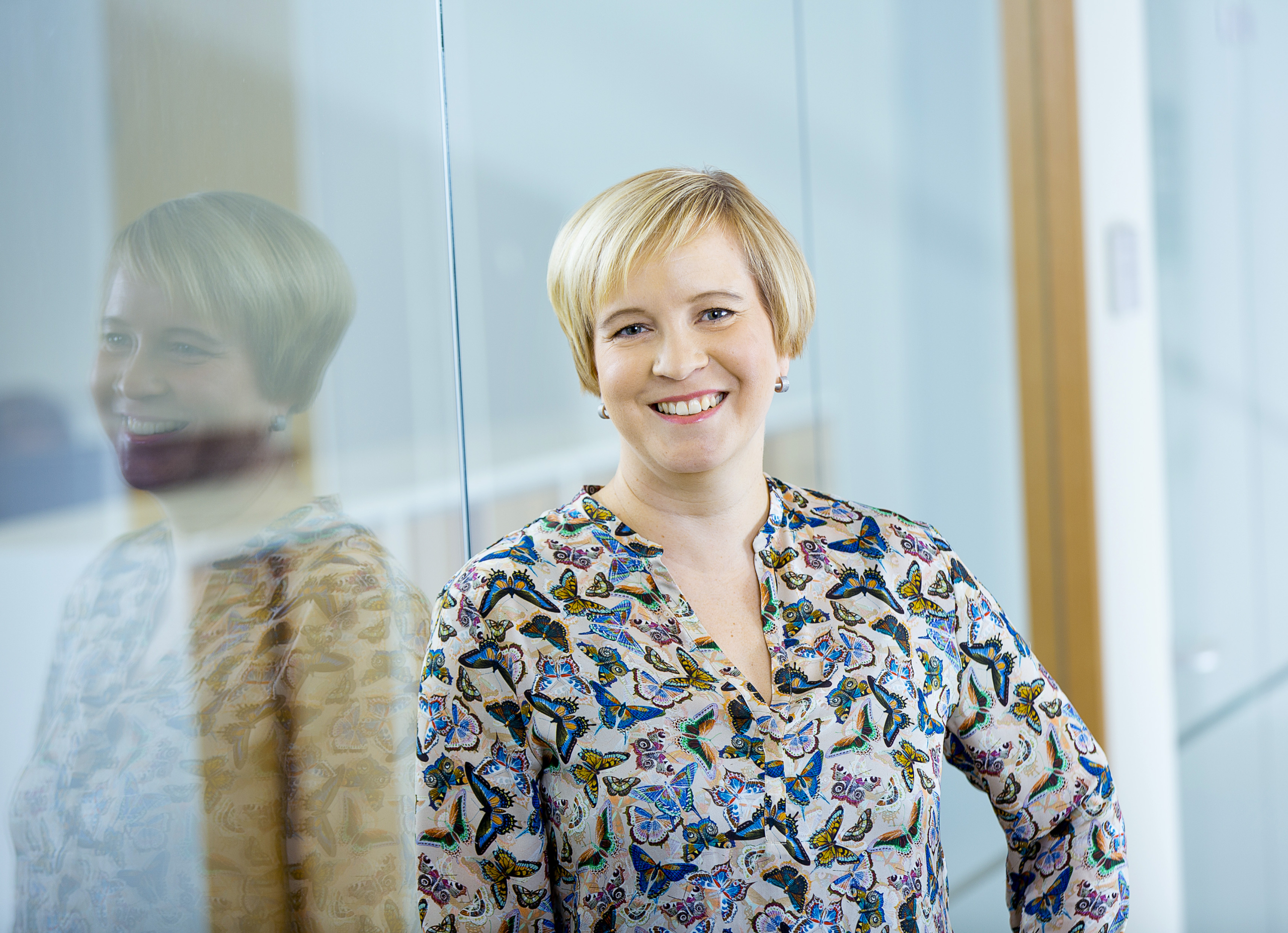
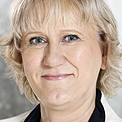
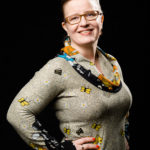
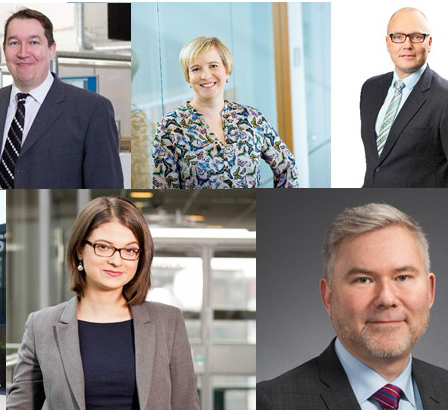
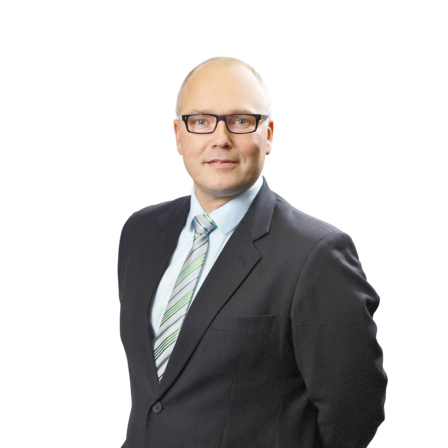
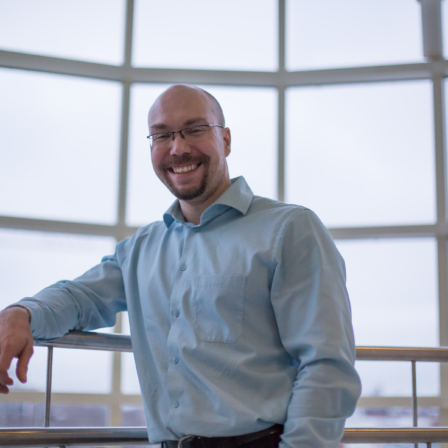
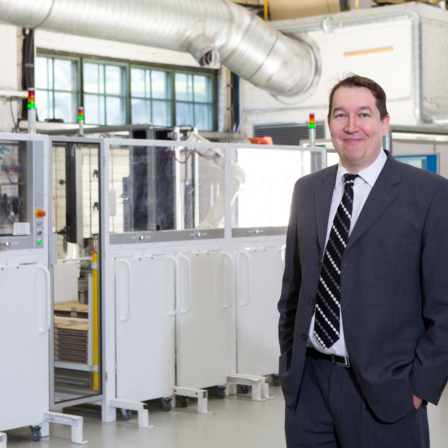
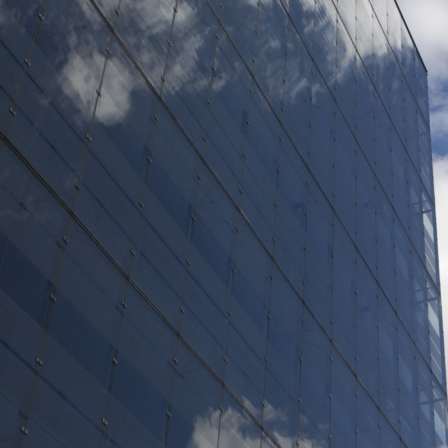
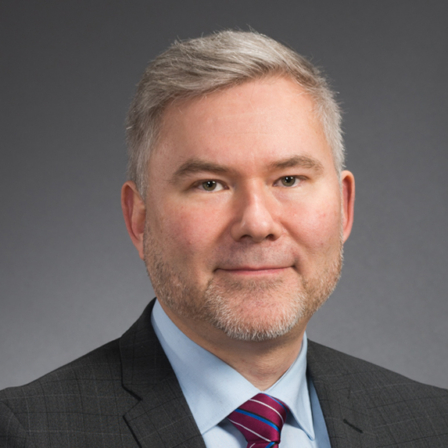
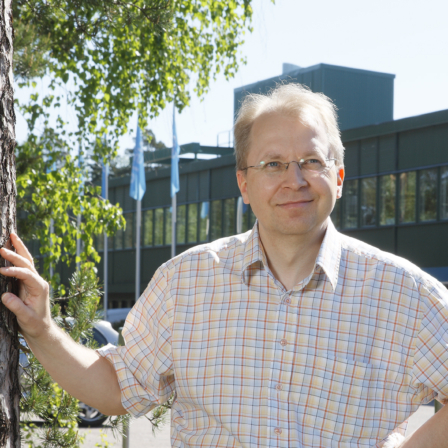

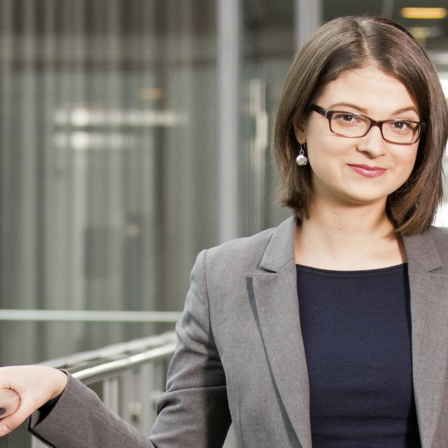
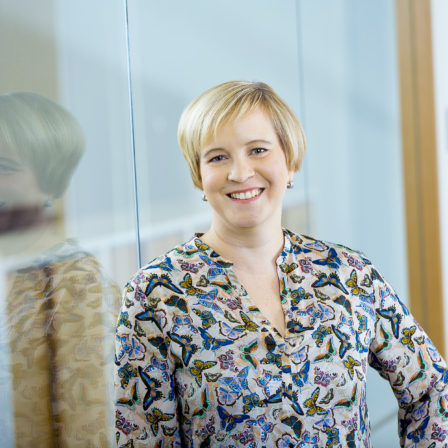

















Recommended